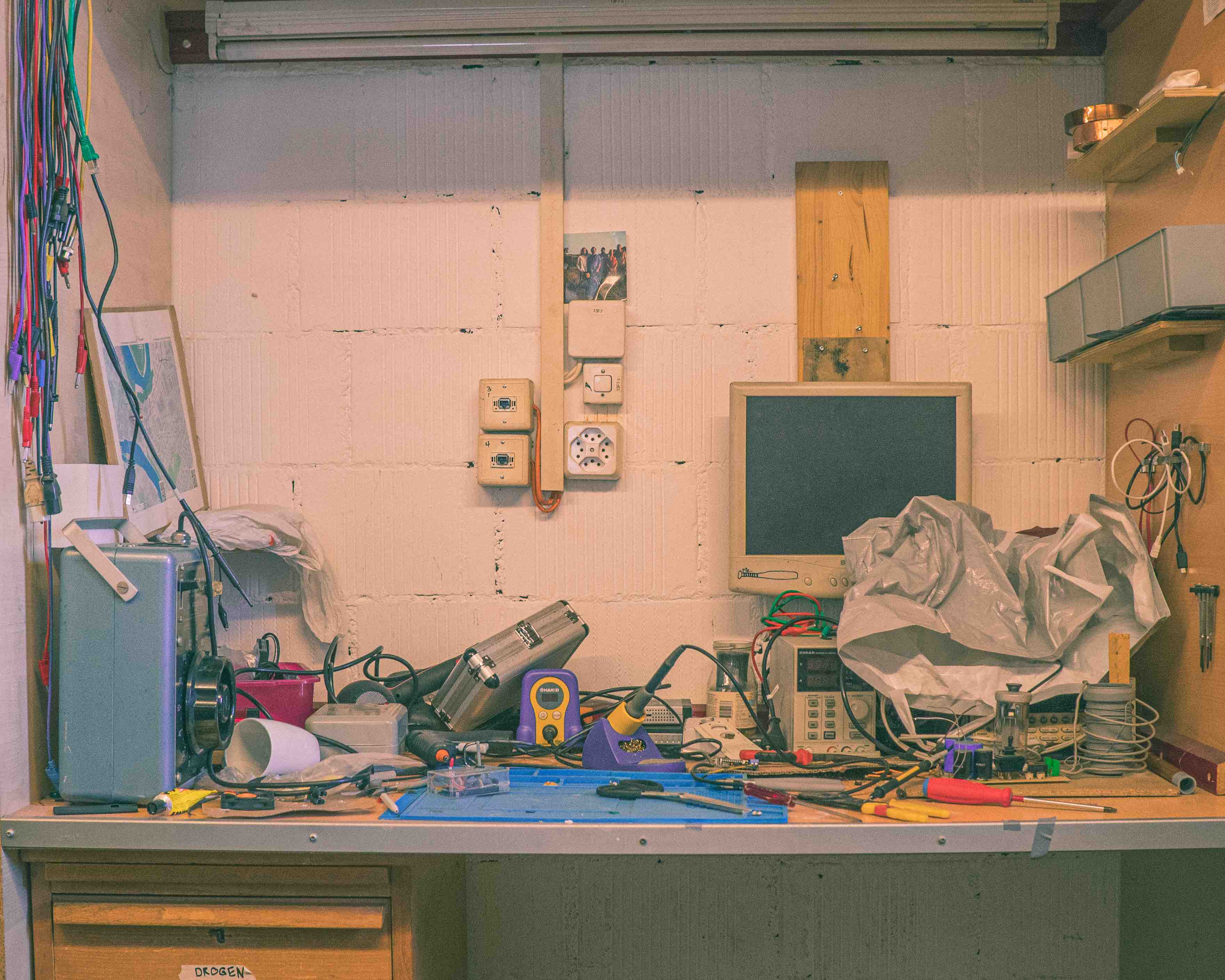
A series of blog posts created in the "design methodologies" module at ZHdK, teached by Dr. Joëlle Bitton.
How did we work so far?
In this first class we analysed our design methods from the last group project and compared the working methods of each group, revealing parallels and trying to get conscious about the way we develop ideas.
For me it pointed out again, that as a designer you always have to go back and forth between the idea and the solution. It’s like they have to evolve together and because of that you're constantly evaluating again. It's not like that there's a problem and you come up with the fitting solution for it.
You name the problem, try to set a frame which is often influenced by a certain vision, make a move and then reflect in and about the situation you are in. So for me it seems that there is this constant switching between being specific and wide open, analytical and creative but also between defining the problem and adjusting the solution.
How to define Interaction Design?
We also discussed the term of interaction design and how we’d define it. As expected, the answers of my classmates contained great variety, due to the diverse field of interaction design:
- analog-digital / physical-digital
- Human to human
- Humen-Computer Interaction (HCI)
- experience
- learning by doing
- proposing alternatives
- embodiment
- speculative design
- transferring information
In my eyes, probably every human invention or creation is somehow attached to interaction design, as it’s directly or indirectly changing the way we live and act. What a good interaction designer then should distinguish from someone just creating something, is the consciousness of how this invention or creation will affect others life and their environment.
So, interaction design for me isn’t just about developing solutions for a problem given. It’s about recognising the relationships between humans and their environment and the way humans think and “work”, to then ask oneself, how to consciously modify the circumstances controlling those relationships, to get the change one would like to see. So having the technical skills to bring those changes is definitely beneficial , but it’s equally or even more important for me, to also have the knowledge and design thinking background, making it possible to reflect upon “solutions” and what impact they’ll have to then be able to take conscious decisions. What then differentiates Interaction Design from other design disciplines, is the way we modify those circumstances.
Readings
Löwgren, J. & Stolterman, E. (2007). Thoughtful Interaction Design. The Process (15-41).